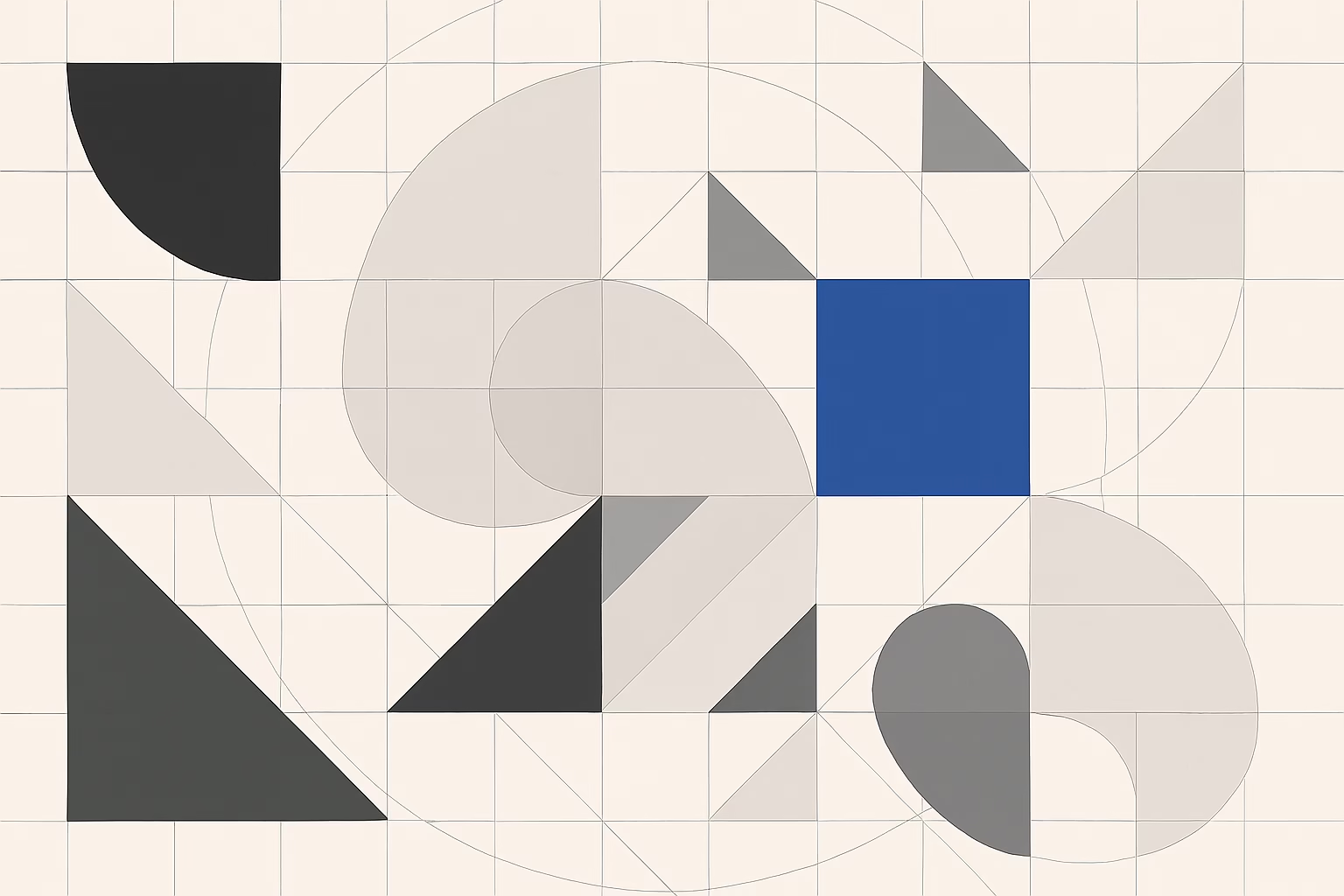In digital design, every color choice conveys meaning. Whether you’re crafting a website, app, or digital product, color is a powerful tool that shapes user perceptions, influences mood, and ultimately affects the way users interact with your design. In this post, we’ll explore the fundamentals of color psychology, examine the emotional association of common colors, and provide actionable insights to help you leverage color strategically in your UX projects.
Why Color Matters in UX Design
Colors do more than beautify a design—they communicate nonverbally. Here are some key ways color impacts user experience:
- Emotion Elicitation: Different colors evoke distinct emotional responses (e.g., blue promotes trust and calm, while red can signal urgency or excitement).
- Brand Perception: Consistent, well-chosen color palettes strengthen brand identity and help users form positive associations with your product.
- User Engagement: Colors guide attention, making it easier for users to navigate your design and respond to calls-to-action.
- Accessibility & Readability: Appropriate color contrast and combinations ensure that all users, including those with visual impairments, can interact with your content effectively.
Understanding how color influences perception and behavior is essential for creating intuitive, empathetic design experiences.
The Fundamentals of Color Psychology
Color psychology is an interdisciplinary field that examines how hues affect human behavior and emotions. Although cultural and individual differences can influence responses to color, several core associations are widely recognized in UX design:
| Color | Emotional Association | UX Application |
|---|---|---|
| Blue | Trust, calm, reliability | Finance, healthcare, social platforms |
| Red | Urgency, passion, excitement | Sales promotions, error messaging |
| Green | Balance, nature, reassurance | Health apps, eco-friendly brands |
| Yellow | Optimism, energy, attention | Calls-to-action, banners, highlighting info |
| Purple | Creativity, luxury, wisdom | Beauty products, premium services |
| Orange | Enthusiasm, innovation, friendliness | Startup landing pages, interactive elements |
Note: While these associations are broadly recognized, always consider your target audience and context when selecting your color scheme.
Practical Tips for Implementing Color Psychology in UX
1. Start with a Strong Brand Foundation
- Define Your Brand Personality: Consider what emotions you want your users to feel when interacting with your product. A trustworthy brand might lean toward cool tones (like blue), while a creative brand might experiment with bold, unconventional palettes.
- Establish a Consistent Color Palette: Use a consistent set of primary and secondary colors across your design. Consistency reinforces your brand identity and helps guide users intuitively through your content.
2. Leverage Contrast and Accessibility
- Ensure Readability: Use contrast checkers (such as the WebAIM Color Contrast Checker) to make sure text and interactive elements are easily distinguishable from the background.
- Design for All: Keep in mind users with visual impairments. Utilize accessible design principles by pairing color with other cues like shape and size for improved usability.
3. Test and Iterate
- User Testing: Integrate A/B testing to evaluate how different color combinations impact user engagement. Gather feedback on users’ emotional responses and adjust your palette as needed.
- Stay Updated on Trends: The field of UX is constantly evolving, so keep an eye on emerging trends in color usage and accessibility guidelines.
Case Studies in Color Psychology
Consider exploring these real-world examples:
- Dropbox: Their predominantly blue palette exudes trust and reliability, which is essential for a digital storage platform where users entrust valuable data.
- Airbnb: Utilizing vibrant accents against a clean, neutral backdrop, Airbnb evokes feelings of warmth and inclusivity that encourage exploration and community building.
- Spotify: The dynamic use of dark themes paired with vivid accent colors creates an immersive experience, appealing to creativity and energy.
Analyzing these examples shows that strategic color choices are integral to a product’s success, influencing both user interaction and overall brand perception.
Final Thoughts
Harnessing the power of color psychology is both an art and a science. By thoughtfully selecting your color palette and grounding your decisions in psychological principles, you can enhance user experience, strengthen your brand identity, and ultimately create designs that resonate on an emotional level.
Ready to experiment with color? Start by reviewing your current design, testing different palettes with your audience, and iterating based on real feedback.
Additional Resources
Books:
- “Color Design Workbook” – A guide to applying color theory in design.
- “The Elements of Color” by Johannes Itten – A foundational text in color theory.
Online Tools:
- Adobe Color: Create, explore, and share color palettes.
- Coolors: Generate and experiment with palettes for your UX projects.
What new color experiment will you try next? Or perhaps you’d like to dive deeper into a specific color psychology topic? Let’s keep the conversation flowing with your thoughts and experiences!


